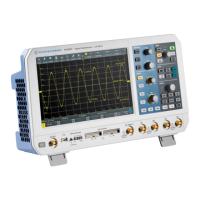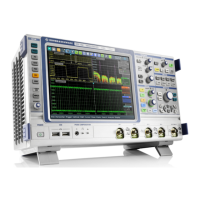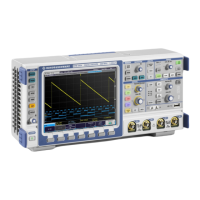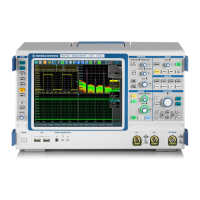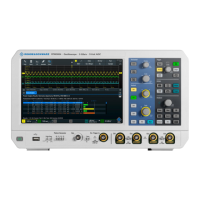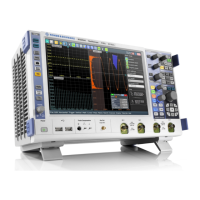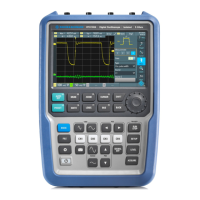Fernsteuerbefehle
R&S
®
RTB2000
444Bedienhandbuch 1333.1611.03 ─ 05
● CAN-Konfiguration................................................................................................ 444
● CAN-Trigger.......................................................................................................... 445
● CAN-Decodierungsergebnisse..............................................................................449
● CAN-Suche........................................................................................................... 455
15.11.5.1 CAN-Konfiguration
Start the bus configuration with the threshold setting. Use one of the following com-
mands:
●
CHANnel<m>:THReshold:FINDlevel auf Seite 282
●
CHANnel<m>:THReshold auf Seite 282
In allen BUS<b>:CAN...-Befehlen gibt das Suffix <b> den Bus an.
BUS<b>:CAN:DATA:SOURce..........................................................................................444
BUS<b>:CAN:TYPE.......................................................................................................444
BUS<b>:CAN:SAMPlepoint.............................................................................................445
BUS<b>:CAN:BITRate................................................................................................... 445
BUS<b>:CAN:DATA:SOURce <Source>
Sets the source of the data line. All channel waveforms can be used.
Suffix:
<b>
.
1 | 2
Parameter:
<Source> CH1 | CH2 | CH3 | CH4 | D0..D15
Logic channels D0..D15 are available if MSO option R&S RTB-
B1 is installed.
*RST: CH1
BUS<b>:CAN:TYPE <SignalType>
Selects the CAN-High or CAN-Low line. CAN uses both lines for differential signal
transmission.
If you measure with a differential probe, connect the probe to both CAN-H and CAN-L
lines, and set the type CANH.
If you use a single-ended probe, connect the probe to either CAN_L or CAN_H, and
select the type accordingly.
Suffix:
<b>
.
1 | 2
Parameter:
<SignalType> CANH | CANL
*RST: CANH
Analyse serieller Busse
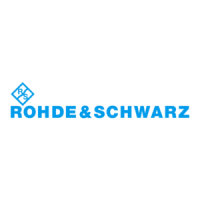
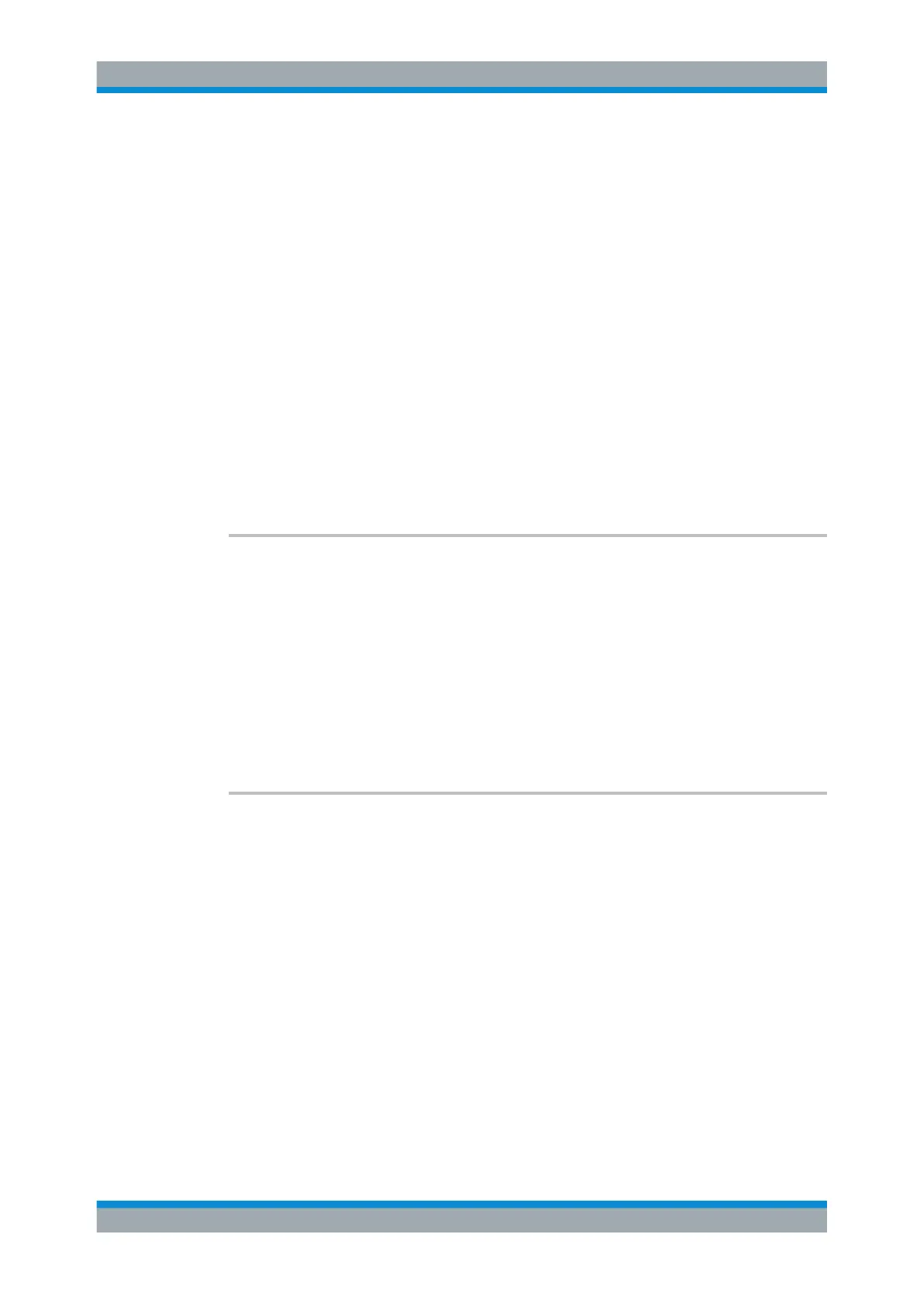